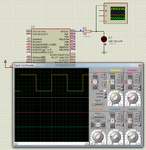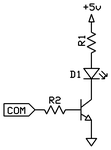khangzing
Full Member level 2
in the data sheet it mention pin 16 of apr9600 has to be connect by analog power supply and pin 28 should connect by digital power supply,that mean i need 2 kinds of battery?? so weird!! please, anyone know how to do it...urgent...


